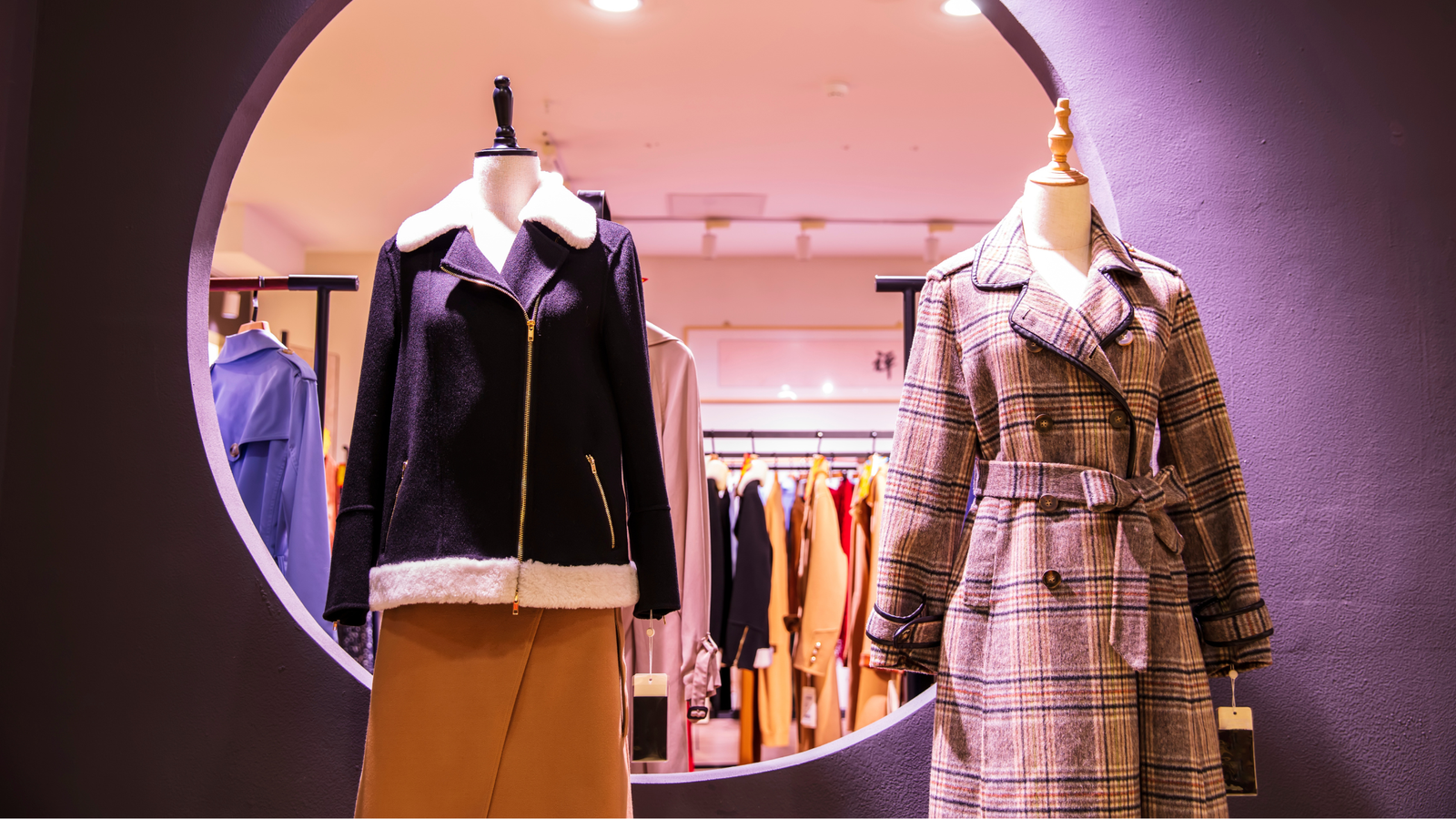The fashion industry is at a technological inflection point. What seems cutting-edge today will become standard practice by 2025, with artificial intelligence and advanced technologies reshaping everything from production lines to fitting rooms. For fashion executives and retail decision-makers, understanding these coming shifts isn’t just about staying current—it’s about survival.
As we analyze emerging patterns and early adoption indicators, five key technology-driven trends emerge that will fundamentally transform fashion retail within the next few years. These innovations will redefine consumer experiences while revolutionizing behind-the-scenes operations.
1. Hyper-Personalized Shopping Through AI
Personalization is evolving beyond simple product recommendations. By 2025, AI systems will deliver truly individualized shopping experiences by analyzing thousands of data points in real-time. The technology will go beyond purchase history to include browsing patterns, social media activity, and even environmental factors.
Fashion retailers will deploy advanced machine learning algorithms that can predict what customers might want and what they’ll want next season. These systems will personalize everything from email marketing to in-store experiences, creating shopping journeys that feel remarkably intuitive to consumers.
The most forward-thinking brands are already building the infrastructure for this level of personalization. Their early results show significant increases in customer engagement and lifetime value, with double-digit conversion rates improving when truly personalized experiences are delivered.
2. Virtual Fitting Rooms Become Mainstream
The frustrations of online apparel shopping—uncertain sizing, fit issues, and high return rates—will dramatically decrease by 2025. Advanced augmented reality and computer vision technologies will create virtual fitting room experiences that accurately simulate how garments will look and fit on individual customers.
These systems will move far beyond today’s rudimentary applications, incorporating body scanning technology to measure customers with remarkable precision. Shoppers will view themselves in potential purchases from multiple angles, in different lighting conditions, and even in motion.
For retailers, the benefits extend beyond improved customer experience. Return rates could drop by 30% or more, significantly reducing one of the industry’s most persistent operational challenges and environmental impacts.
3. AI-Powered Inventory and Demand Prediction
Fashion’s traditional inventory management and demand forecasting approaches will radically transform. AI systems will analyze vast datasets—from social media trends to weather forecasts—to predict demand with unprecedented accuracy.
By 2025, leading fashion retailers will operate with significantly reduced inventory while maintaining or improving product availability. Machine learning algorithms will continuously refine their predictions, identifying subtle patterns that human analysts would miss.
These systems will also enable more responsive production cycles. The most advanced retailers will leverage AI predictions to reduce manufacturing lead times and shift toward more on-demand production models, decreasing waste and improving margins.
4. Blockchain for Transparency and Authentication
Consumer demand for sustainability and authenticity will drive widespread adoption of blockchain technology throughout fashion supply chains. By 2025, shoppers will routinely scan products to view their complete journey from raw materials to retail floor.
This transparency will transform how consumers evaluate products, creating a new competitive advantage for brands that can demonstrate ethical and sustainable practices. Counterfeiting—a persistent industry challenge—will face significant new barriers as blockchain verification becomes standard for luxury items.
Early adopters are already discovering that blockchain-verified products command price premiums and build stronger customer loyalty. The technology’s initial implementation costs will be offset by improved brand value and reduced fraud-related losses.
5. Manufacturing Automation and Digital Prototyping
The fashion design and manufacturing process will look dramatically different by 2025. AI-assisted design tools will enable creators to generate and test hundreds of variations quickly, while 3D visualization will largely replace physical samples in the development process.
Automated manufacturing systems will transform production facilities, with advanced robotics handling tasks from cutting to sewing with precision that matches or exceeds human capabilities. These systems will enable more localized production, reducing lead times and transportation-related environmental impacts.
Digital prototyping will compress development timelines by months while significantly reducing material waste. The most innovative brands will leverage these technologies to operate with unprecedented speed and flexibility, responding to trends almost in real-time.
6. Preparing for Fashion’s Technological Future
The convergence of these technologies will create unprecedented opportunities and existential challenges for fashion retailers. Brands that successfully implement these innovations will gain significant competitive advantages in customer experience, operational efficiency, and sustainability.
Fashion executives should now begin assessing their technological readiness, identifying the most strategic implementation priorities for their specific business models. The required investments will be substantial, but the cost of inaction may be far greater.
While no one can predict the future with absolute certainty, the technological trajectories are clear. By 2025, the distinction between fashion companies and technology companies will blur considerably. In this transformed landscape, the most successful fashion retailers won’t just sell products but deliver technology-enabled experiences that consumers find irresistible.





